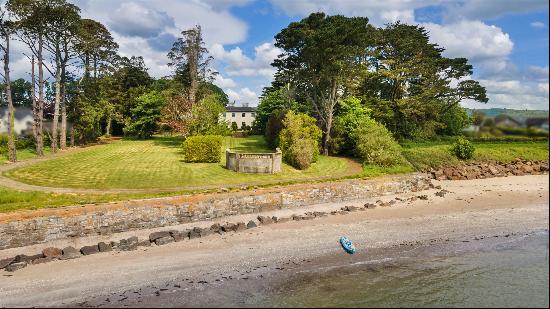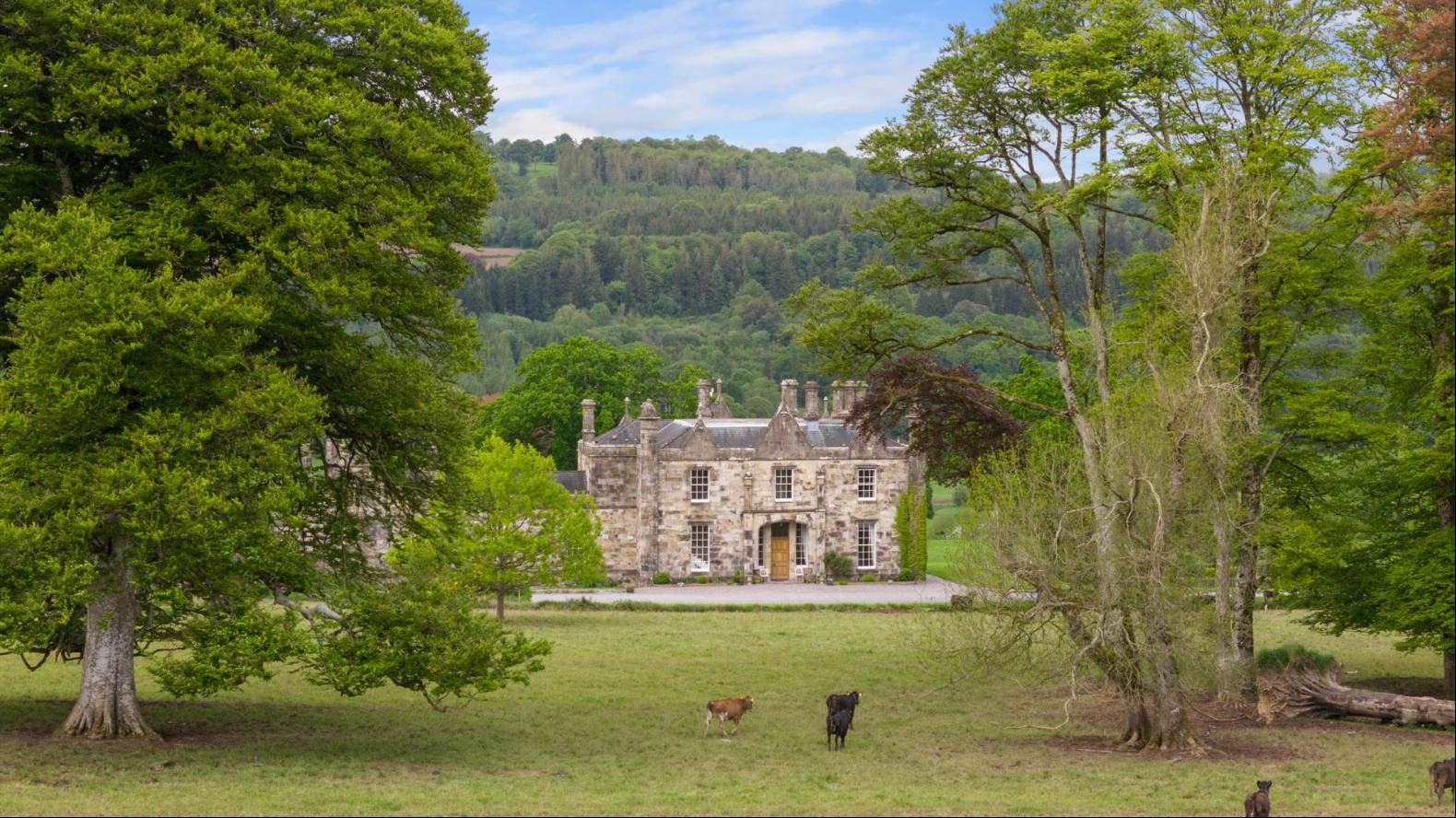


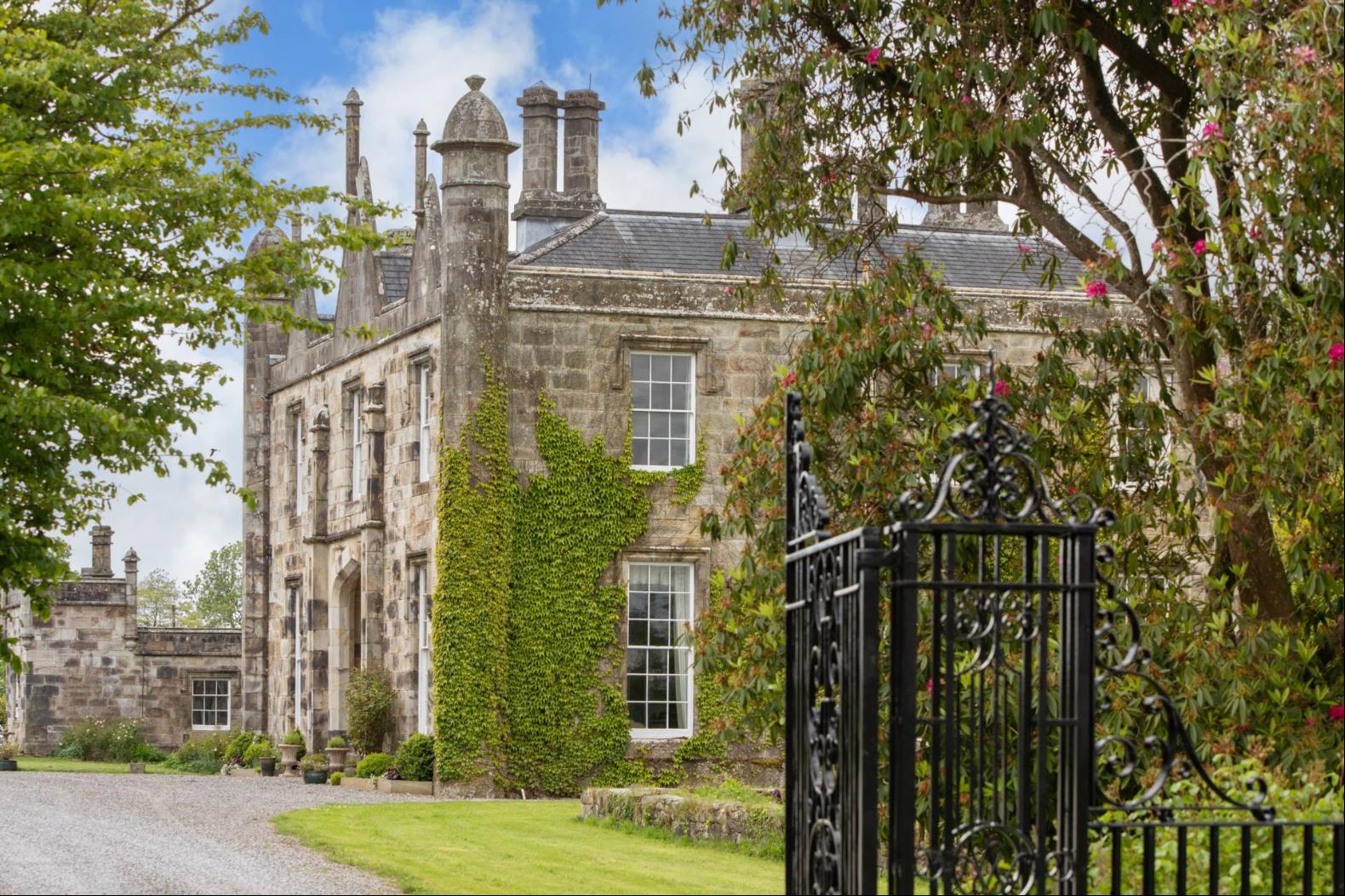
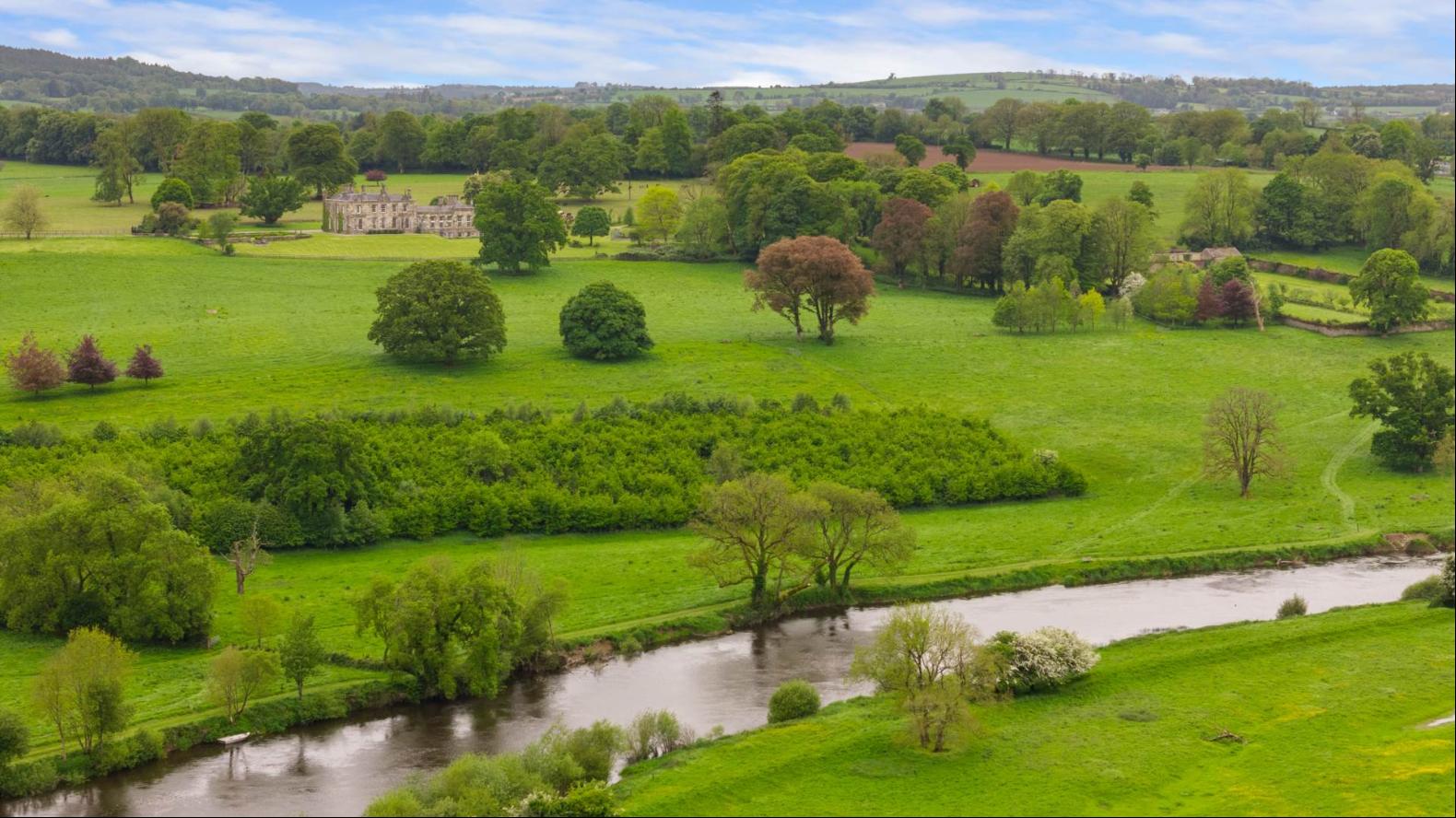
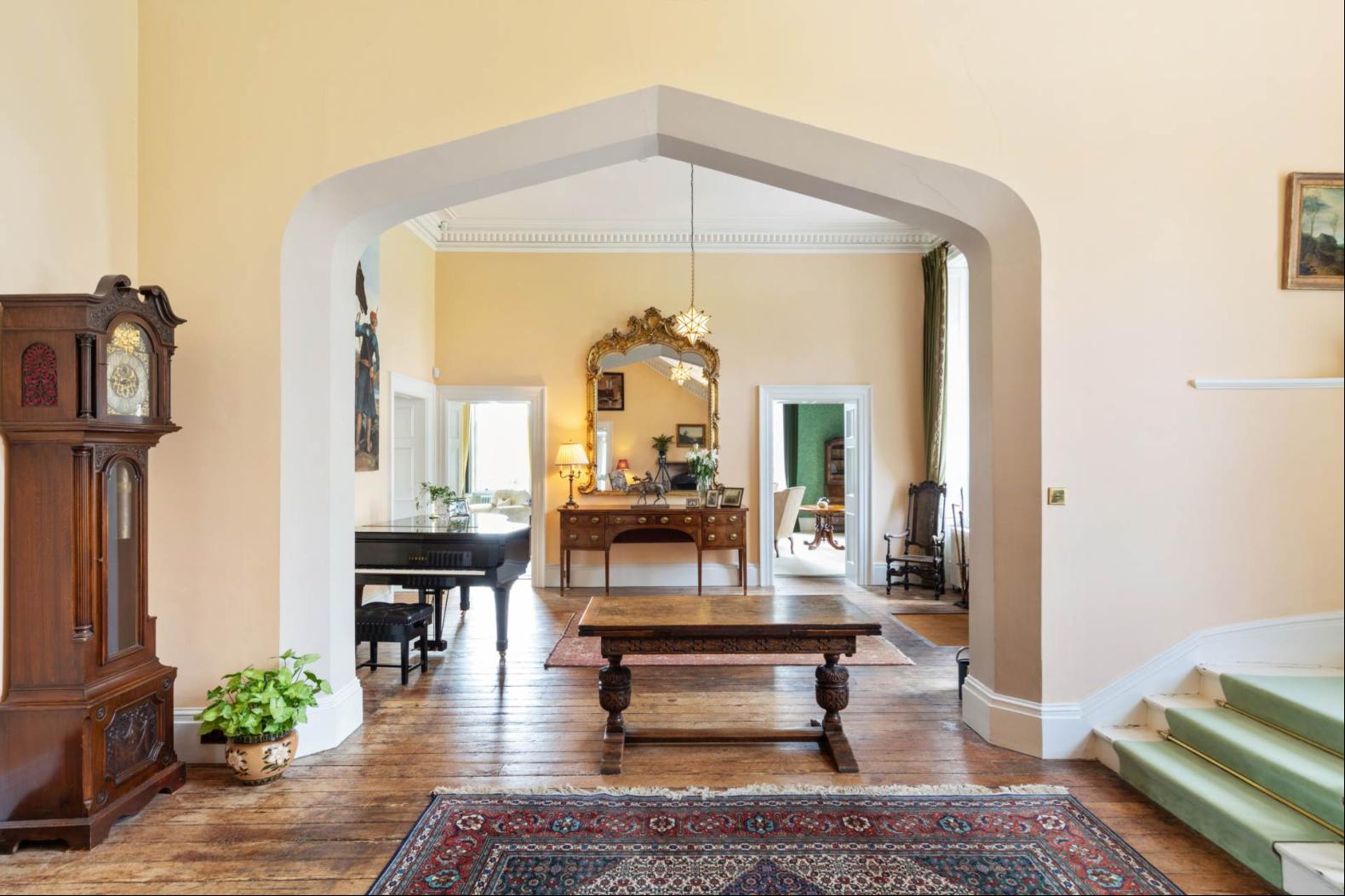


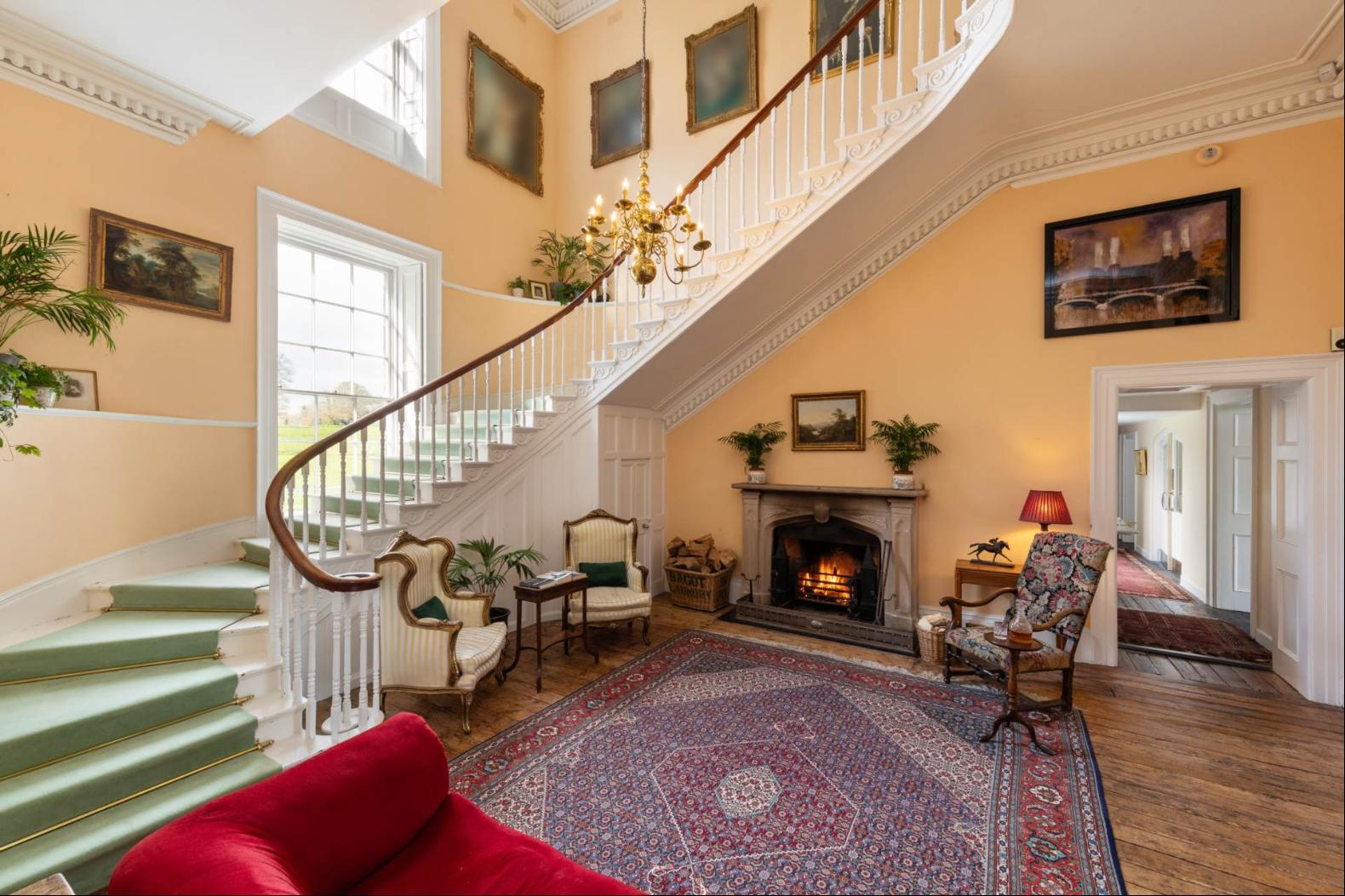
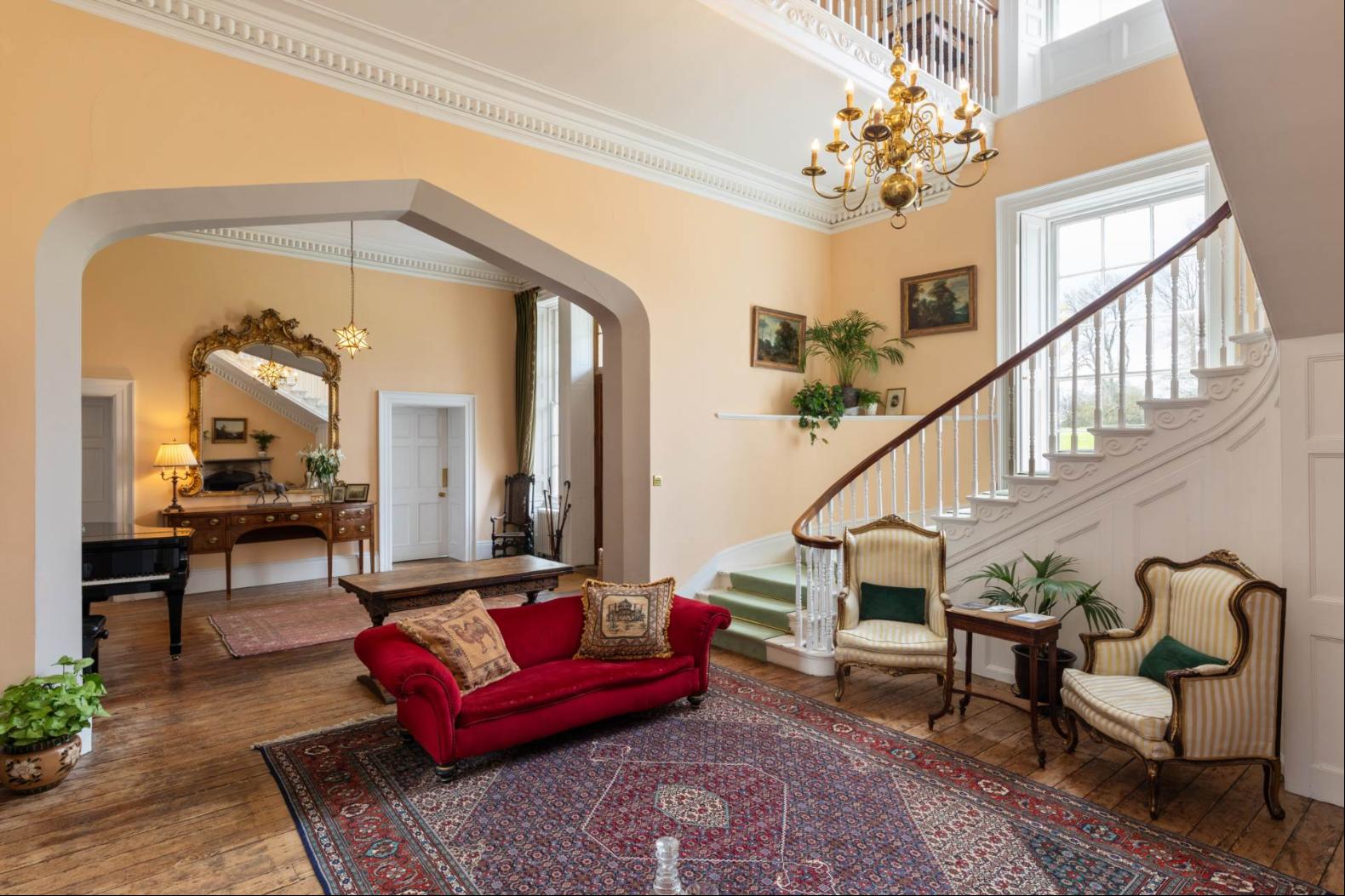
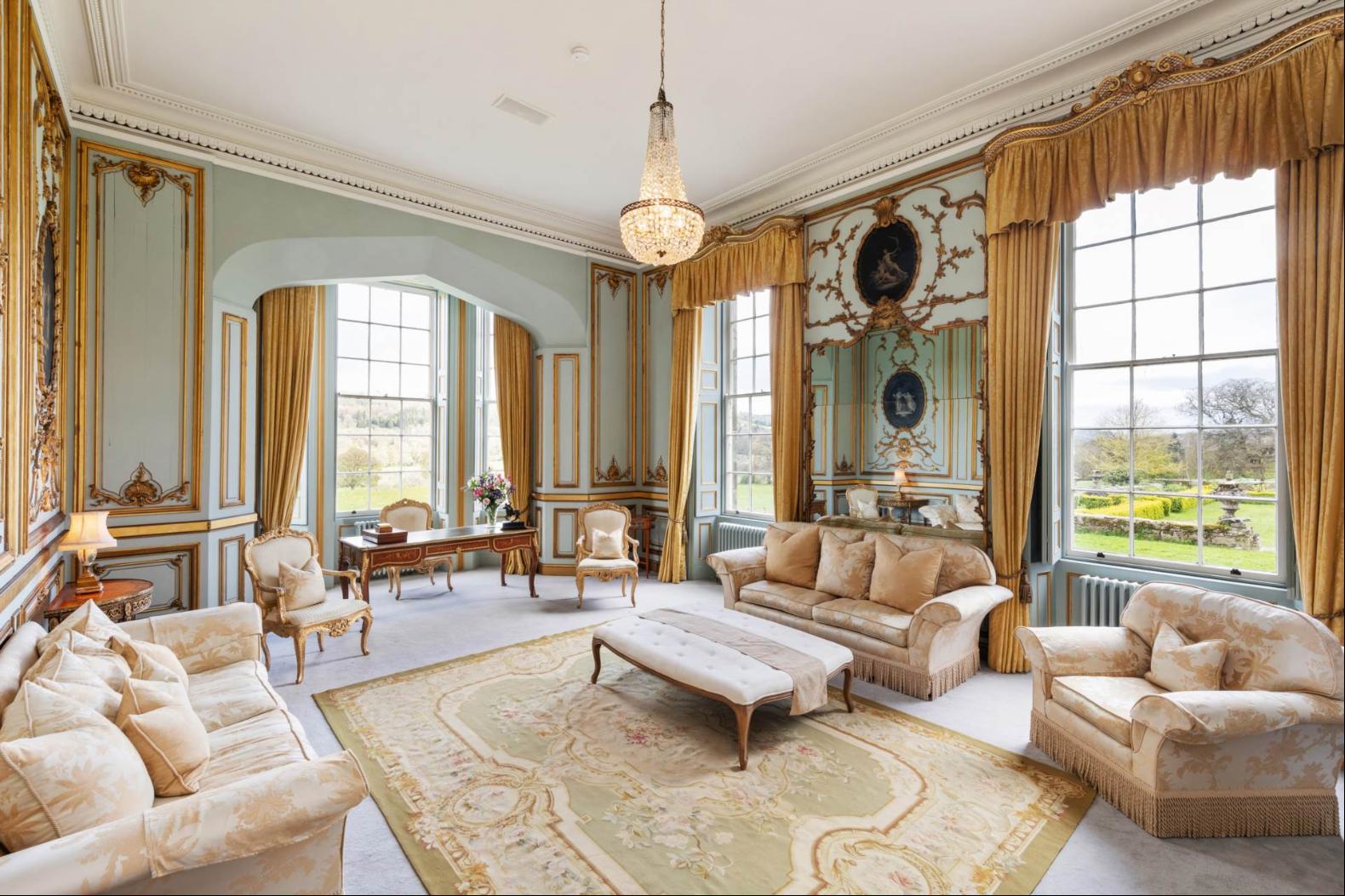


- For Sale
- Fixed Price 7,000,000 EUR
- Build Size: 1,109 ft2
- Land Size: 1,109 ft2
- Bedroom: 10
- Bathroom: 9
A magnificent agricultural and sporting estate with the impressive Fortwilliam House dated 1836 commanding a spectacular position overlooking the River Blackwater.
FOR SALE FREEHOLD BY PRIVATE TREATY AS A WHOLE OR IN LOTS AS DESCRIBED
Lot 1: Fortwilliam House with 87.50 Hectares (216 Acres)
Offers in excess of: €7,000,000
Lot 2/3: Agricultural Lands comprising 70.50 Hectares (173.93 Acres)
SALE AGREED
A magnificent agricultural and sporting estate with the impressive Fortwilliam House dated 1836 commanding a spectacular position overlooking the River Blackwater
The Fortwilliam Estate is rightly considered one of the jewels of the Blackwater valley. Discreetly situated on rising ground above the sparkling river, running through lush inch fields, it commands a spectacular position overlooking the valley with panoramic far-reaching views to the Knockmealdown mountains on the Tipperary borders. Set in landscaped grounds, the house is approached via a mile-long tree lined drive which opens out into ancient parkland with many majestic trees before sweeping along the dramatic valley edge to reach the house.
Fortwilliam House is a wonderful family home full of light and life laid out on two floors over a basement and extending to some 11,937 sq. ft. of floor area. Replete with most of its original features and fabric, an extensive and sympathetic programme of renovation and refurbishment has taken place over the last 25 years. The generous, well-proportioned accommodation includes four exceptional reception rooms, a spectacular double height grand staircase hall with six bedrooms and four bathrooms to the first floor. The lower ground floor includes estate office, billiard room, rod room and wine cellar. The Fisherman`s Cottage, situated in the west wing, offers four further bedrooms and three bathrooms and may be incorporated into the house if required.
The charming period stable yard off the main drive includes two cottages whilst the coaching yard includes the recently converted coach house cottage, overlooking the walled garden and valley beyond. The prime lands extend to approx. 87.4 hectares / 216 acres.
HISTORY
Fortwilliam House is a wonderfully unique property built in the Tudor Revival style in local high quality veined sandstone with sash windows, striking gables, pinnacles and chimney stacks. Surrounded by rolling pasture and woodland, the impressive house enjoys the utmost privacy and tranquillity with much atmosphere and a colourful history going back several centuries. The Gumbleton family first acquired these lands in the early 18th Century and Richard Gumbleton sited the first house to the west, on the site of an old castle, naming it Castlerichard after himself (now Glencairn Abbey). After a further three generations, in the 19th Century William Gumbleton built a further house on the lands and named it Fortwilliam, once again after himself. A nephew, John Gumbleton on inheriting demolished and rebuilt the house in 1836 to the design of the renowned Pain brothers of Cork, also responsible for Adare Manor, Dromoland Castle and Strancally Castle. Fortwilliam passed from the Gumbleton family around 1932 but was repurchased by them in around 1944, selling again in 1946 to Hugh Grosvenor, second Duke of Westminster for a reputed £10,000 to include the pedigree Hereford herd. At the time one of world`s richest men, the duke added various features including the panelling to the dining room which is said to have come from his yacht and the gilded Louis XV-style boiseries in the drawing room. In later years the estate was owned by Henry Drummond Wolfe (MP) and American socialite Mrs Murray Mitchell who ran a donkey sanctuary here in the 1990s. The house was leased in the years between 1887 1925 when Adele Astaire, the sister of Fred, lived here. She married Lord Charles Cavendish, son of the ninth Duke of Devonshire owners of neig
FOR SALE FREEHOLD BY PRIVATE TREATY AS A WHOLE OR IN LOTS AS DESCRIBED
Lot 1: Fortwilliam House with 87.50 Hectares (216 Acres)
Offers in excess of: €7,000,000
Lot 2/3: Agricultural Lands comprising 70.50 Hectares (173.93 Acres)
SALE AGREED
A magnificent agricultural and sporting estate with the impressive Fortwilliam House dated 1836 commanding a spectacular position overlooking the River Blackwater
The Fortwilliam Estate is rightly considered one of the jewels of the Blackwater valley. Discreetly situated on rising ground above the sparkling river, running through lush inch fields, it commands a spectacular position overlooking the valley with panoramic far-reaching views to the Knockmealdown mountains on the Tipperary borders. Set in landscaped grounds, the house is approached via a mile-long tree lined drive which opens out into ancient parkland with many majestic trees before sweeping along the dramatic valley edge to reach the house.
Fortwilliam House is a wonderful family home full of light and life laid out on two floors over a basement and extending to some 11,937 sq. ft. of floor area. Replete with most of its original features and fabric, an extensive and sympathetic programme of renovation and refurbishment has taken place over the last 25 years. The generous, well-proportioned accommodation includes four exceptional reception rooms, a spectacular double height grand staircase hall with six bedrooms and four bathrooms to the first floor. The lower ground floor includes estate office, billiard room, rod room and wine cellar. The Fisherman`s Cottage, situated in the west wing, offers four further bedrooms and three bathrooms and may be incorporated into the house if required.
The charming period stable yard off the main drive includes two cottages whilst the coaching yard includes the recently converted coach house cottage, overlooking the walled garden and valley beyond. The prime lands extend to approx. 87.4 hectares / 216 acres.
HISTORY
Fortwilliam House is a wonderfully unique property built in the Tudor Revival style in local high quality veined sandstone with sash windows, striking gables, pinnacles and chimney stacks. Surrounded by rolling pasture and woodland, the impressive house enjoys the utmost privacy and tranquillity with much atmosphere and a colourful history going back several centuries. The Gumbleton family first acquired these lands in the early 18th Century and Richard Gumbleton sited the first house to the west, on the site of an old castle, naming it Castlerichard after himself (now Glencairn Abbey). After a further three generations, in the 19th Century William Gumbleton built a further house on the lands and named it Fortwilliam, once again after himself. A nephew, John Gumbleton on inheriting demolished and rebuilt the house in 1836 to the design of the renowned Pain brothers of Cork, also responsible for Adare Manor, Dromoland Castle and Strancally Castle. Fortwilliam passed from the Gumbleton family around 1932 but was repurchased by them in around 1944, selling again in 1946 to Hugh Grosvenor, second Duke of Westminster for a reputed £10,000 to include the pedigree Hereford herd. At the time one of world`s richest men, the duke added various features including the panelling to the dining room which is said to have come from his yacht and the gilded Louis XV-style boiseries in the drawing room. In later years the estate was owned by Henry Drummond Wolfe (MP) and American socialite Mrs Murray Mitchell who ran a donkey sanctuary here in the 1990s. The house was leased in the years between 1887 1925 when Adele Astaire, the sister of Fred, lived here. She married Lord Charles Cavendish, son of the ninth Duke of Devonshire owners of neig


